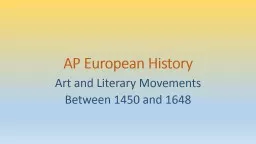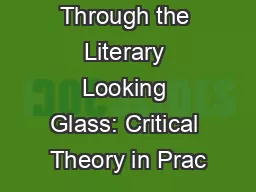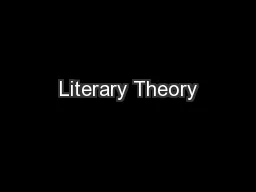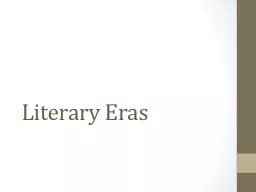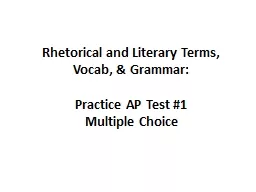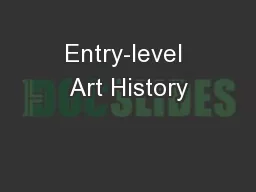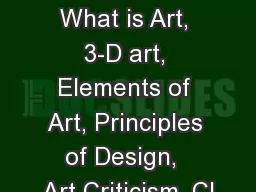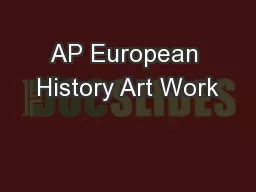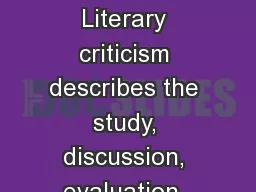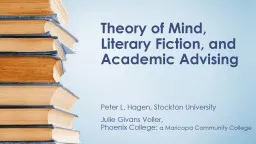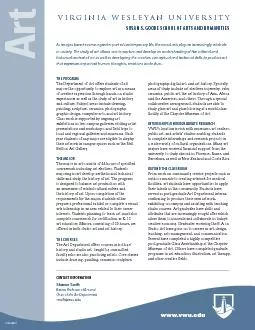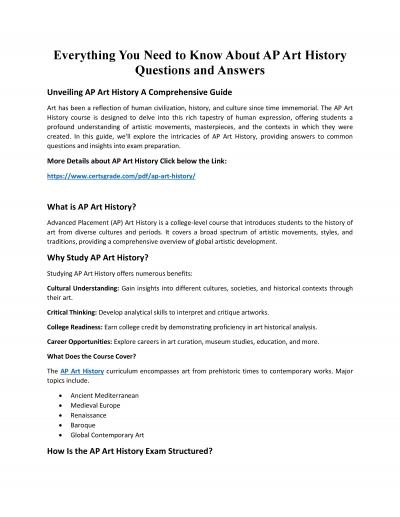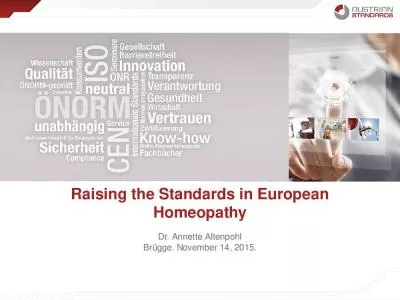PPT-AP European History Art and Literary
Author : pamella-moone | Published Date : 2018-10-23
Movements Between 1450 and 1648 Italian Renaissance 15 th century The Italian Renaissance promoted new values such as individualism and secularism However religious
Presentation Embed Code
Download Presentation
Download Presentation The PPT/PDF document "AP European History Art and Literary" is the property of its rightful owner. Permission is granted to download and print the materials on this website for personal, non-commercial use only, and to display it on your personal computer provided you do not modify the materials and that you retain all copyright notices contained in the materials. By downloading content from our website, you accept the terms of this agreement.
AP European History Art and Literary: Transcript
Download Rules Of Document
"AP European History Art and Literary"The content belongs to its owner. You may download and print it for personal use, without modification, and keep all copyright notices. By downloading, you agree to these terms.
Related Documents

